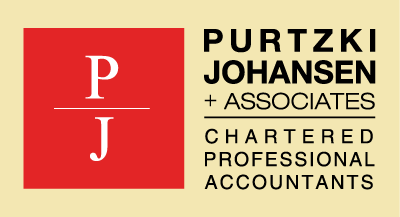
Most dentists are familiar with the Tax on Split Income (“TOSI”) rules that limit the ability to split income with spouses or other family members. There are a few common exemptions where TOSI does not apply such as when the family member worked more than 20 hours per week for the practice or once the dentist has achieved the age of 65, they can income split with their spouse. However, for many these either are not an option or are too many years away to be utilized. Fortunately, there is another income splitting technique available for dentists that have accumulated a significant investment portfolio.
Second Generation Investment Income
Dividends that are received by a family member from a related business are subject to TOSI unless a specific exemption applies. However, if the practice income is later reinvested and produces a second level of income (known as second generation income) that is no longer considered to be income earned from the original related business. For example:
Dr. Smith earns $400,000 per year in his dental practice and knows that because his spouse is not active in his business he cannot pay a dividend to her from his practice income without TOSI risk. However, over the years he has accumulated a significant corporate investment portfolio of public company shares worth $2,000,000 in his holding company which he and his wife are 50/50 shareholders. In the most recent tax year for his company the investments produced $50,000 of eligible dividends and $30,000 of interest income. Rather than simply reinvesting those proceeds back into more public company shares, he chose to pay $80,000 out of the portfolio as a dividend to his spouse.
Fortunately, pursuant to CRA interpretation 2018-0771861E5, second generation investment income is not considered to be derived directly from the related dental business. The $80,000 of dividend income to his spouse triggers only $2,300 of tax whereas Dr. Smith who is in the top tax bracket would have paid $32,900. Therefore simply paying out the investment income to his spouse saves over $30,000 in one year alone!
Traps to be aware of!
- Pay the dividend
While it may be possible to declare the dividend as payable to the spouse to be paid at a later date, the safer approach is to fall within the CRA interpretation parameters and actually pay the cash from the investments returns to the spouse.
- Don’t mix dental income with investment income
Ensure there is a clear linkage to the fact that it is the investment income that is paid to the spouse and not the dental income flowing through the holding company and out to the spouse. Contact your investment advisor to instruct them to pay this investment income, often referred to as a “sweep” where periodically they clear out of the investment returns from the corporate investment cash account to the spouse.
It would even be wise to have two separate investment cash accounts. One that has the dental practice cash flow paid into it before later investing in the stock market. The second cash account is for any distribution of the investment income paid out as part of the “sweep” as noted above. This avoids the dental practice cash mixing with the investment income paid out.
It should be noted that the goals in this strategy can be obtained even if the investment portfolio is inside the dental practice company itself. A holding company isn’t required to meet this test although for many dentists the holding company is where most of the investment portfolio will be accumulating.
- Is the holding company operating an investment business?
The CRA interpretation notes that the second generation income exemption does not apply if the holding company is considered to be operating a business itself. The business being that of earning investment income. While it is a question of fact whether or not an investment business exists, it should be noted that the tax court has generally held a very low bar for what may be considered a business. As a result, to mitigate risk it would be prudent to have another exemption available to protect from TOSI. Being actively engaged on a regular and continuous basis in the activities of holdco can potentially create another exemption to rely upon. Therefore, if you have a managed investment portfolio ensure the spouse is equally involved in all investment decisions, meetings, email correspondence and signing off on any filings.
The Takeaway
While it does involve being a little more diligent to ensure your investment income returns are managed carefully and any payment to your spouse cannot be tied back to the dental practice, doing so can easily save tens of thousands per year in personal taxation.



